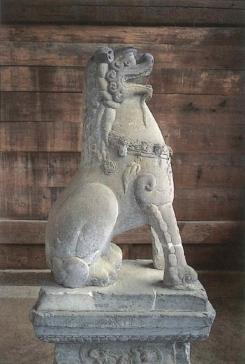During the Song (960–1276) and Yuan (1271–1368) dynasties, Buddhist monasteries in southeastern China continuously increased in both scale and wealth. Their influence reached as far as Japan. Artisans, although scarcely mentioned in official records, played a significant role in this process. This research focuses on Chinese artisans associated with monasteries or the production of Buddhist objects during this period. Much of their work survives due to the sacred nature of their products, providing an invaluable opportunity to study the history of this underrepresented Chinese group. The project will reevaluate the position of artisans in social, religious, and economic realms and reveal their contribution to China-Japan Buddhist exchange between 960 and 1368 by investigating their interaction with multiple social classes and their transborder mobility.
In the past three years, while working with the “Ability and Authority” working group, I have traced a Chinese stonemason family who migrated from Ningbo to Japan, and have investigated the network that moved the artisans and their objects of technique between China and Japan. During my visit to the MPIWG, I plan to further explore the image of Chinese artisans in a religious setting and demonstrate that artisans played a more important role in Buddhist communities, local societies, and cultural exchange than previously recognized. From a transnational perspective, my research will also respond to many questions raised by the Working Group, such as: What roles did sacred knowledge and practice play in working lives? How did contact with foreign objects and knowledge cultures affect practices of expertise and occupational cultures?

